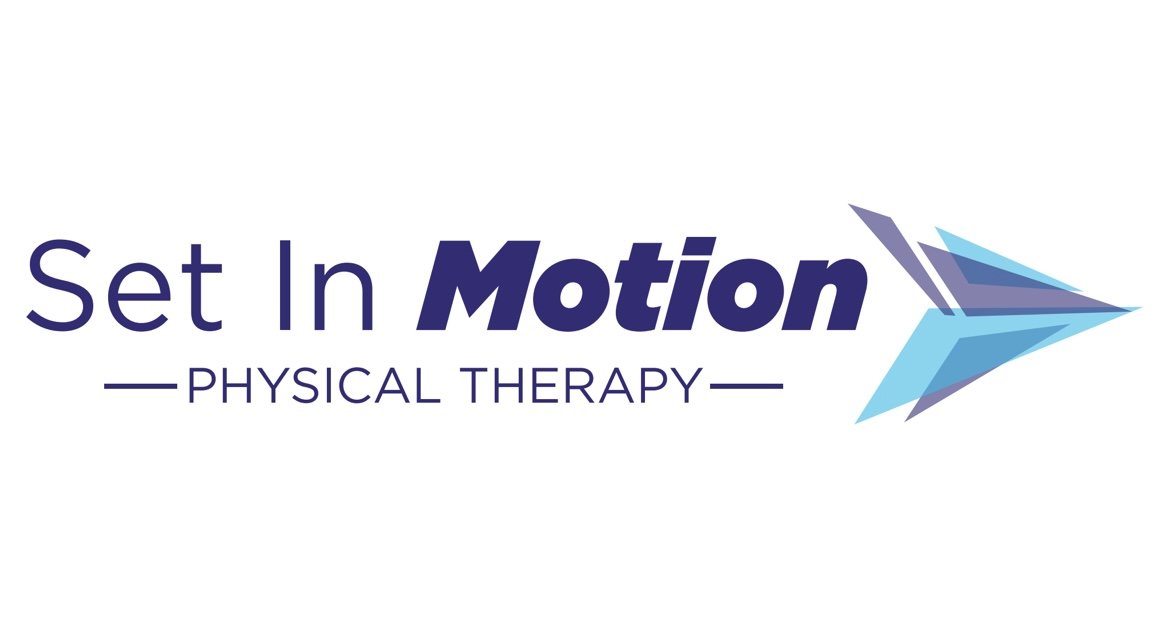How Important is Crawling?
Crawling is a big topic in the therapy world recently as the CDC updated their developmental milestones. The CDC created the Learn the Signs. Act Early. program in 2004 to promote getting early assistance for your child that may show concerning signs of delayed milestones. However, the recent update left out a well-known milestone…crawling. Although, we understand that some children may not crawl and can continue to further develop more advanced milestones, there are great benefits to crawling and we will continue to promote this important steppingstone in development. There are other updates to the CDC developmental milestones that we will continue to explain and discuss in weeks to come, but we wanted to address some of the benefits to crawling.
Crawling is a motor skill that is usually developed between 6-11 months. Your baby may start off by army crawling (pulling self forward with arms) and eventually transition to crawling forward on hands and knees beginning around 8-9 months. Now let’s discuss how crawling can benefit your child.
Strength: Crawling helps to develop neck, shoulder and arm muscles, as well as core and hip strength when crawling on hands and knees. Strengthening of these muscles are important pre-requisites in more advanced skills, such as walking, running, and jumping. Crawling also helps with hand strengthening, which will improve grip strength and fine motor skills in the future.
Coordination: Crawling is a great skill to develop coordination while practicing continuous reciprocal motions of the upper and lower extremities. These reciprocal motions are seen again in walking, running, and pedaling a bicycle. Transitioning in and out of sitting and maintaining position on hands and knees improves your child’s balance, which is very important as they begin to stand and walk.
Cognition: Crawling is one of the first independent forms of mobility for your baby. It allows for environmental interaction and engagement with their surroundings. Your baby becomes more independent with exploration of their world, which will improve your child’s confidence and spatial awareness through safely navigating over and around nearby objects.
Sensory: Crawling allows children to explore different textures while transitioning between a variety of surfaces in the home. It also helps to develop vestibular, proprioceptive, and visual systems. The vestibular system contributes to balance and spatial orientation and the proprioceptive system contributes to body awareness, or your body’s position in space. As your baby explores their surroundings, they begin to improve their understanding of each of these systems and how to control their body and movement. The visual system is also activated as babies must stabilize and adjust their gaze while moving throughout their environment.
Crawling is an important motor skill that helps to advance your child’s independent mobility. If you have further questions or concerns, please reach out to your pediatrician or pediatric physical therapist. We are always happy to help and you can reach out to Dr. Haley directly at Haley@setinmotionphysicaltherapy.com
